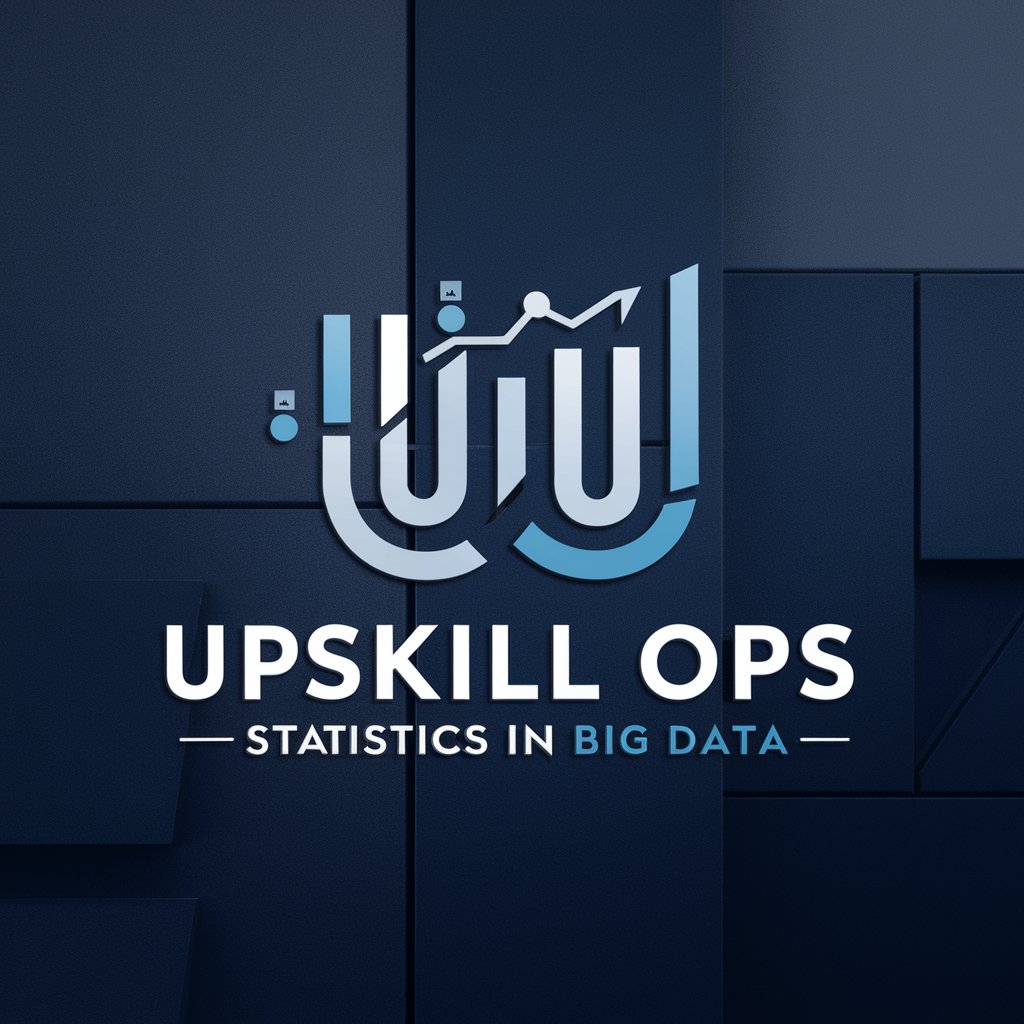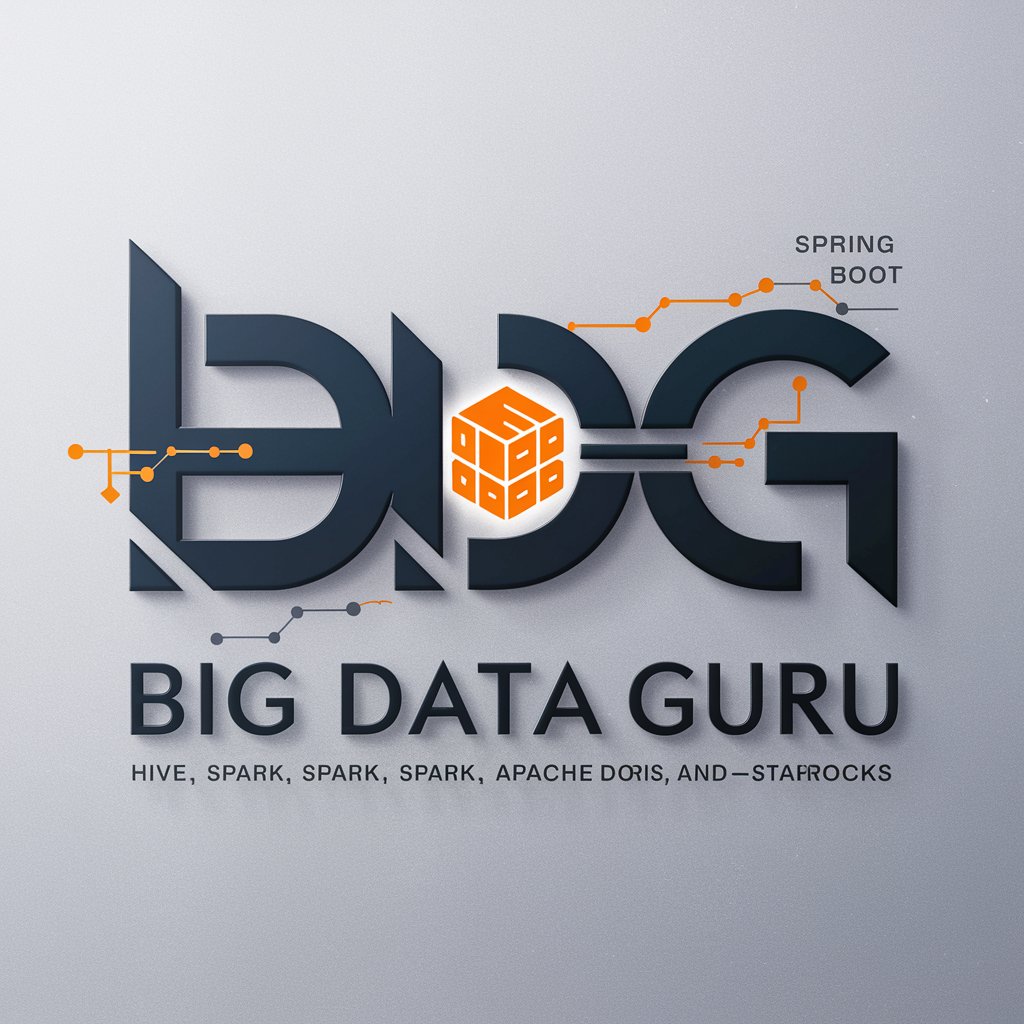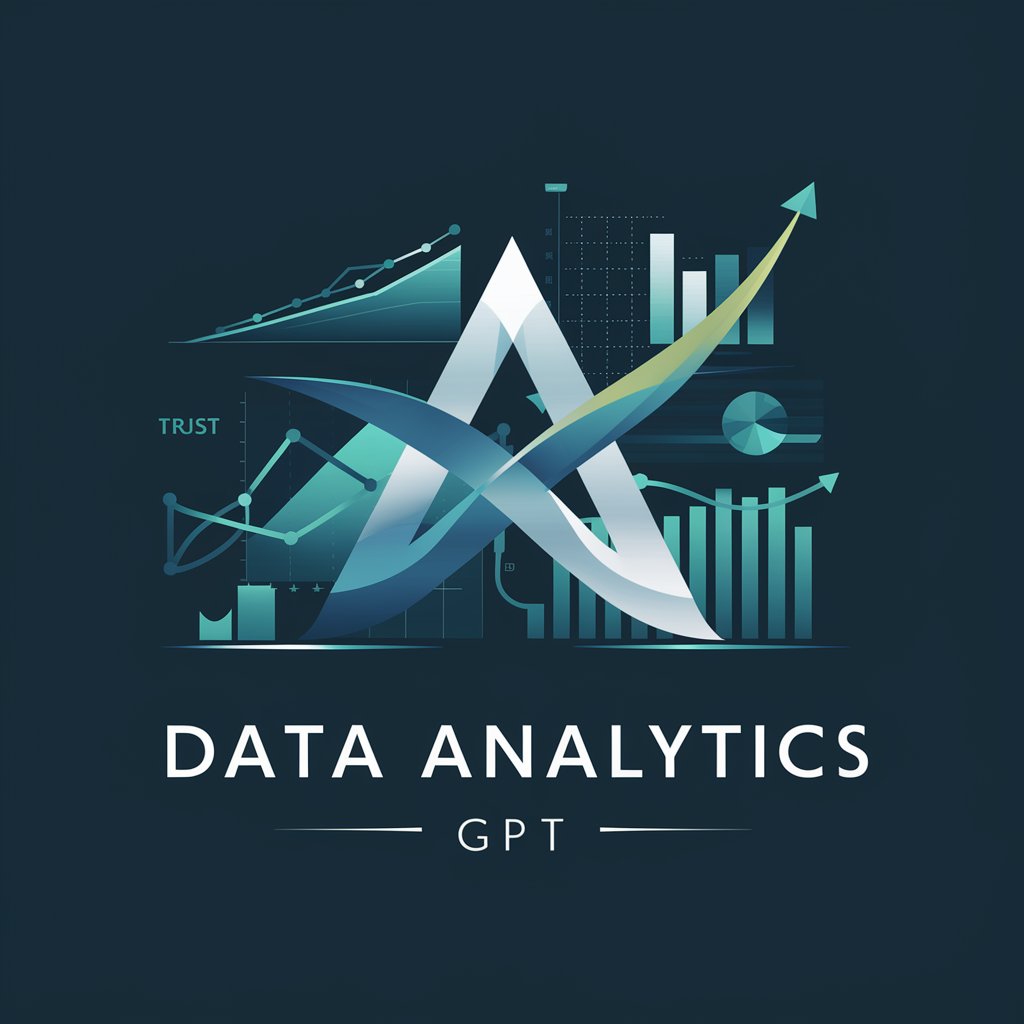
Upskill Ops Statistics in Big Data 2 - outlier detection in big data

Welcome! Let's dive into mastering outliers in big data.
AI-driven Outlier Analysis
Explain the importance of detecting outliers in big data analysis.
What are some statistical tests used to identify outliers in large datasets?
How can visual methods like box plots help in detecting outliers?
Discuss the pros and cons of using machine learning approaches to manage outliers.
Get Embed Code
Overview of Upskill Ops Statistics in Big Data 2
Upskill Ops Statistics in Big Data 2 is designed to enhance the understanding and management of outliers in large data sets. This tool is equipped with methodologies for detecting outliers, including statistical tests, visualization techniques like box plots, and advanced machine learning approaches. Its primary purpose is to guide users through the complex process of identifying and dealing with outliers to ensure the reliability and accuracy of data analyses. For instance, in a dataset representing population incomes, outliers might indicate erroneous data entries or rare high-income individuals, each requiring different handling strategies. Powered by ChatGPT-4o。

Core Functions of Upskill Ops Statistics in Big Data 2
Outlier Detection
Example
Using interquartile range (IQR) to identify outliers in financial transaction data, where amounts that fall outside 1.5 times the IQR from the quartiles are flagged.
Scenario
In fraud detection, this method can help isolate transactions that deviate significantly from typical patterns, potentially indicating fraudulent activity.
Visual Outlier Analysis
Example
Generating box plots for patient blood pressure readings to visually identify readings that fall outside the typical range.
Scenario
In healthcare analytics, such outliers may indicate measurement errors or patients with potential health issues requiring further investigation.
Machine Learning Outlier Adjustment
Example
Applying isolation forests to segment data into groups and identify data points that are isolated from the core data clusters.
Scenario
In customer segmentation, isolating unusual customer behavior patterns can help in understanding anomalies that could either be system errors or potential opportunities for niche marketing.
Target User Groups for Upskill Ops Statistics in Big Data 2
Data Scientists and Analysts
Professionals who require accurate data interpretations and need to ensure that outliers do not skew their results. They benefit from the ability to detect and manage outliers effectively, enhancing the reliability of predictive models and statistical analyses.
Business Intelligence Professionals
Individuals in this group use large datasets to inform strategic decisions. They benefit from identifying anomalies that may signify errors, fraud, or new trends, thus ensuring better decision-making based on high-quality data.
Healthcare Data Managers
These users manage patient data and require accurate analyses to detect unusual patient results that could indicate medical issues or errors in data collection. The tool helps them in validating data quality and in making informed decisions in patient care and management.

How to Use Upskill Ops Statistics in Big Data 2
Step 1
Visit yeschat.ai to start using Upskill Ops Statistics in Big Data 2 without needing to sign in or subscribe to ChatGPT Plus.
Step 2
Choose your specific area of interest or dataset to analyze. Upskill Ops is designed to handle large volumes of data, making it suitable for industries like finance, healthcare, or social media analytics.
Step 3
Utilize the outlier detection features to identify anomalies in your data. You can apply statistical tests, visual methods like box plots, or machine learning algorithms to pinpoint unusual data points.
Step 4
Decide on the approach to handle outliers based on your analysis goals. Options include removing, adjusting, or keeping outliers, depending on how they impact your dataset's integrity and insights.
Step 5
Generate reports or insights directly from the tool. Use the visualization features to present your findings effectively, ensuring stakeholders understand the implications of the outlier analysis.
Try other advanced and practical GPTs
Personal Greek Tutor
Master Greek with AI-powered Personalization

Compassionate Counselor
AI-Driven Compassion for Emotional Support

معلم خصوصی تایلندی
AI-Powered Thai Language Mastery

Quantum Predictor 2.0
Predicting the Future, Powered by Quantum AI

Προσωπικός Καθηγητής Αραβικών
Learn Arabic with Smart AI Coaching

SimpliLearn
Empowering Learning with AI
Stylish MBTI Fashion Advisor
Fashion tailored by your personality

Artistic Mentor
Empower Your Artistry with AI

NH Real Estate Agent
AI-Powered New Hampshire Real Estate Insights

Crisis Management Mentor
Navigating Crises with AI-Powered Ethics

Pathfinder Architect
Craft your path with AI power

Colibri
AI-Powered Press Analysis and Writing

Frequently Asked Questions about Upskill Ops Statistics in Big Data 2
What makes Upskill Ops Statistics in Big Data 2 effective for outlier detection?
Upskill Ops Statistics in Big Data 2 integrates various methodologies for detecting outliers, including advanced statistical tests, intuitive visualizations like scatter plots and box plots, and sophisticated machine learning algorithms. This multi-faceted approach ensures robust outlier detection across diverse datasets.
Can Upskill Ops handle real-time data analysis?
Yes, Upskill Ops is capable of processing and analyzing real-time data. It can continuously update its analyses to reflect new data entries, making it ideal for dynamic environments like live financial markets or social media trend tracking.
Is there any training required to use Upskill Ops effectively?
While Upskill Ops is designed with a user-friendly interface, familiarity with basic statistics and data analysis principles can enhance the user experience. Training resources are available, but most users can begin analysis with minimal prior knowledge.
What are the privacy implications of using Upskill Ops with sensitive data?
Upskill Ops prioritizes data security and privacy. It uses encryption and robust data handling protocols to ensure that all data processed remains secure and private, suitable for industries with stringent data protection standards.
How does Upskill Ops help in decision-making processes?
By accurately identifying and managing outliers, Upskill Ops helps organizations make informed decisions based on cleaner, more reliable data. This clarity can lead to better strategic decisions, improved risk management, and optimized operational processes.





